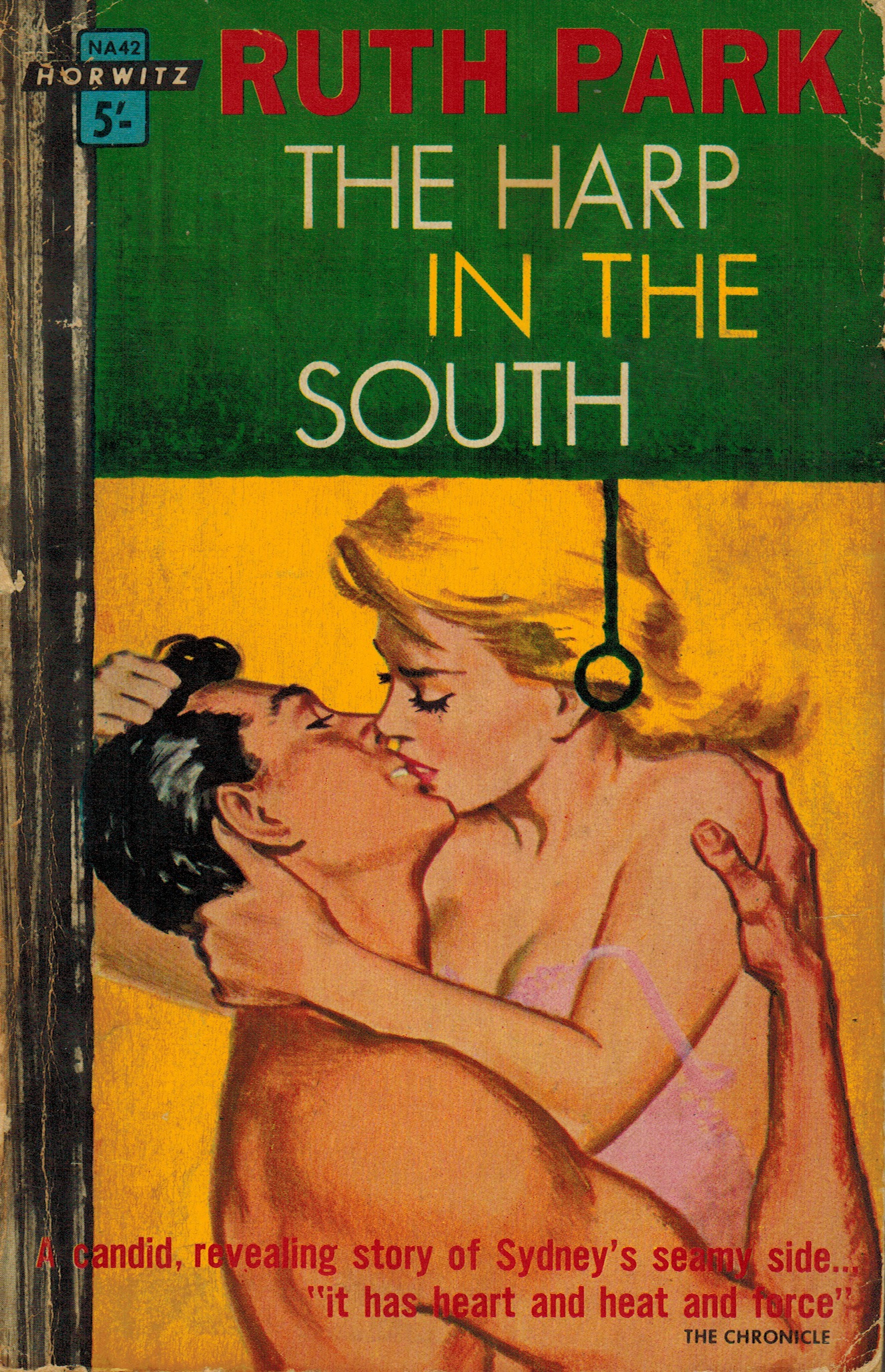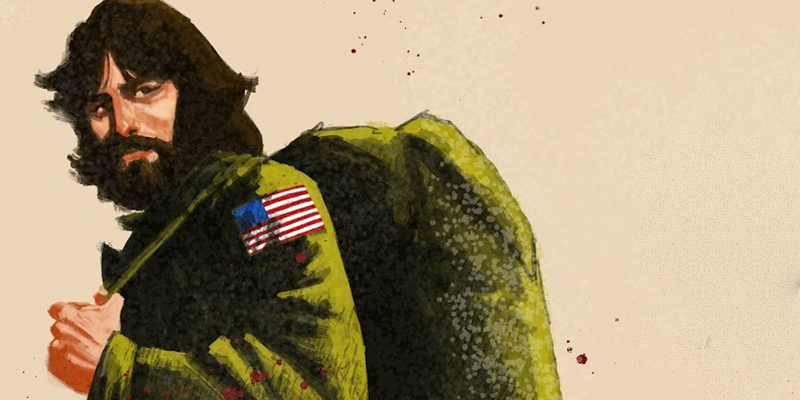 I am jazzed to have had published the first of what I hope is several peer reviewed articles flowing my from the research for my dissertation. “An Explosive Novel of Strange Passions” Horwitz Publications and Australia’s Pulp Modernism,’ appears in the latest edition of Australian Literary Studies Journal. It is open access until April next year.
I am jazzed to have had published the first of what I hope is several peer reviewed articles flowing my from the research for my dissertation. “An Explosive Novel of Strange Passions” Horwitz Publications and Australia’s Pulp Modernism,’ appears in the latest edition of Australian Literary Studies Journal. It is open access until April next year.
Here is the abstract for the piece: The scant academic attention Australia’s pulp publishing industry has received to date tends to focus on pulp as a quickly and cheaply made form of disposable entertainment, sold to non-elite audiences. This paper will examine Australian pulp fiction from a different standpoint, one which links New Modernist Studies and the history of the book. This approach, referred to as pulp modernism, is used to question the separation of low and high publishing culture, dominant for much of the twentieth century. I apply this methodology to late-1950s and early-1960s Australian pulp fiction by examining the Name Author series released by Sydney-based Horwitz Publications, one of the largest pulp paperback publishers in the decades after World War II. The series took prominent mid-century Australian authors and republished them in paperback with covers featuring highly salacious images and text. The series offers a glimpse into a uniquely Australian version of pulp modernism.… Read more























